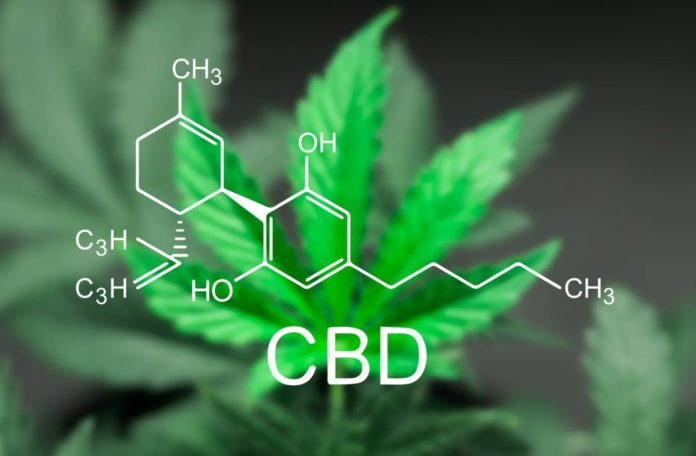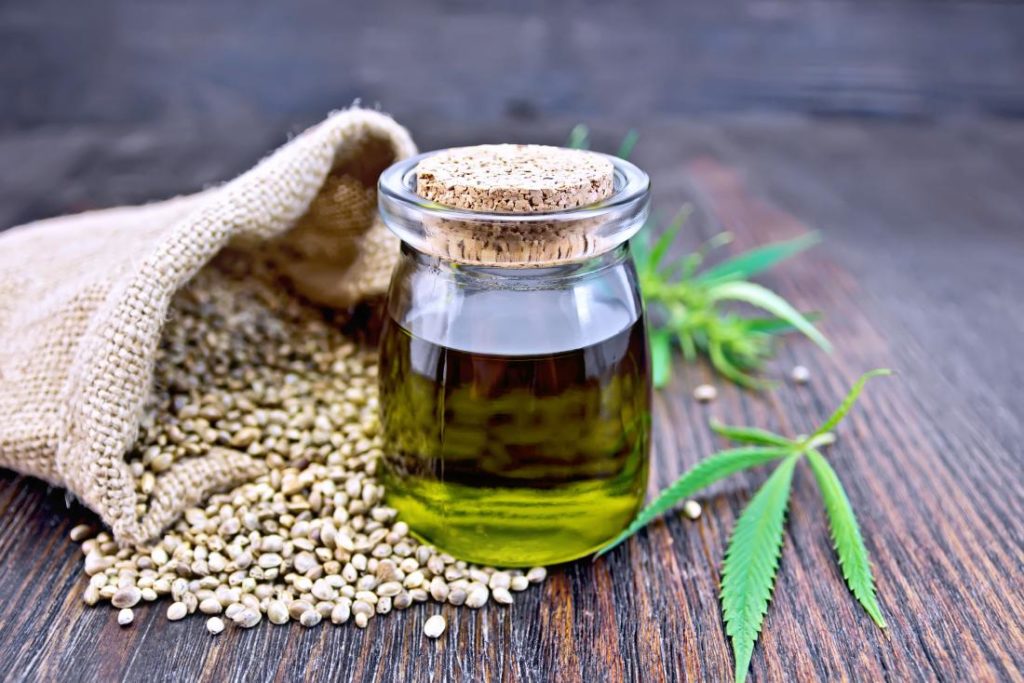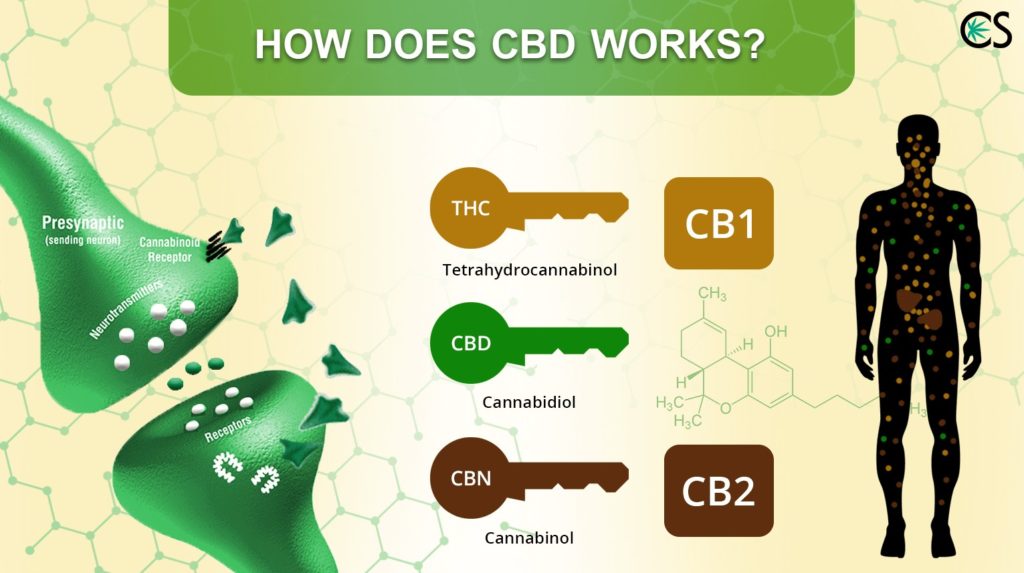
A few years ago, industrial hemp-based products, began to affirm. They have shyly appeared on the shelves of health food stores. Like any item with controversial connotations, hemp has attracted the attention. First, of many health and environmentally conscious people. But, it has also concerned one part of the population, since it is the ‘sister’ of the cannabis. A plant, with a known psychoactive effect. However, industrial hemp differs significantly from the Indian hemp. It is not used as a narcotic drug but mainly for industrial purposes. The main difference between these two “sister plants” is that Indian hemp is abundant in the phytocannabinoid THC. In industrial hemp, THC is present in negligible traces and has no psychoactive effect.
Benefits of Hemp Oil

Today, many unconventional vegetable oils are attracting consumer attention. That also includes hemp oil. Hemp oil has a good nutritional composition, and it has a beneficial effect on health. The ratio of omega – 6 and omega – 3 fatty acids in hemp oil is 3: 1. That is advantage comparing to cereal oils used frequently in the diet. More recent studies have also indicated the content of phytosterols and numerous other biologically active compounds in hemp oil.
Hemp has intrigued scientists for more than 120 years

More than 400 different compounds have been detected in the hemp plant. About one hundred of them are phytocannabinoids. These are compounds that have not been detected in any other plant. Back in 1895, scientists began to discover what this plant hides in its composition. Then the first cannabinoid was discovered. Cannabidiol or abbreviated CBD is the third isolated cannabinoid compound. It was discovered in 1940, some 20 years before the most famous THC. CBD accounts for 40% of industrial hemp extract and is its main cannabinoid. It is important to emphasize that it is not psychoactive. Initially, it was speculated that cannabinoids by nonspecific binding to cell membranes, exert their effects on humans and animals. This was considered until the discovery of specific binding sites of these compounds in the brains of animals. In the early 90s, scientists were surprised to discover that the human body produces its cannabinoids. One of them is anandamide. The one colloquially called “the happiness molecule”.
How does CBD work?

Today we know that we have an entire endocannabinoid system that regulates our physical homeostasis. It regulates mood, sleep, appetite, hormone secretion, pain, and immunity. It is composed of numerous receptors on cells located in the brain and central nervous system (CB1 receptors) and receptors in the immune system (CB2). Similar to the key-lock principle, THC binds to receptors in the brain and central nervous system, while cannabinol or CBN perfectly matches receptors in the immune system. CBD can be a universal key that corresponds to both receptors. For more information read more here.
Although it has a low binding affinity for these receptors, CBD exerts its potent effect in the body in a different way. It actually “drives” compounds that would otherwise inactivate the cannabinoid system through its binding. Our internal neurotransmitter anandamide is very unstable. That’s why we are not in a constant state of happiness and bliss. But CBD has the power to inhibit the absorption and hydrolysis of anandamide. As a result, its concentration in the body increases. Our endocannabinoid system works under load every day. That is why the CBD’s primary role is to support it in either health or disease.
The mechanism of action of CBD in the body also includes the prevention of oxidative cell damage. It does almost better than vitamins C and E. It binds to the same receptor as capsaicin from hot pepper, which is known for its anti-inflammatory activity.
What Does Science Say?

High CBD hemp oil has been researched in numerous in vitro and animal studies. In recent years, more original clinical research has been conducted. The main areas in which CBD is investigated are epilepsy, anxiety, and insomnia. Also neurodegenerative diseases, inflammation, and various autoimmune diseases. It is also tested in the treatment of skin diseases since the topical application is often promoted. Research has also focused on the supportive use of CBD in malignancies.
















